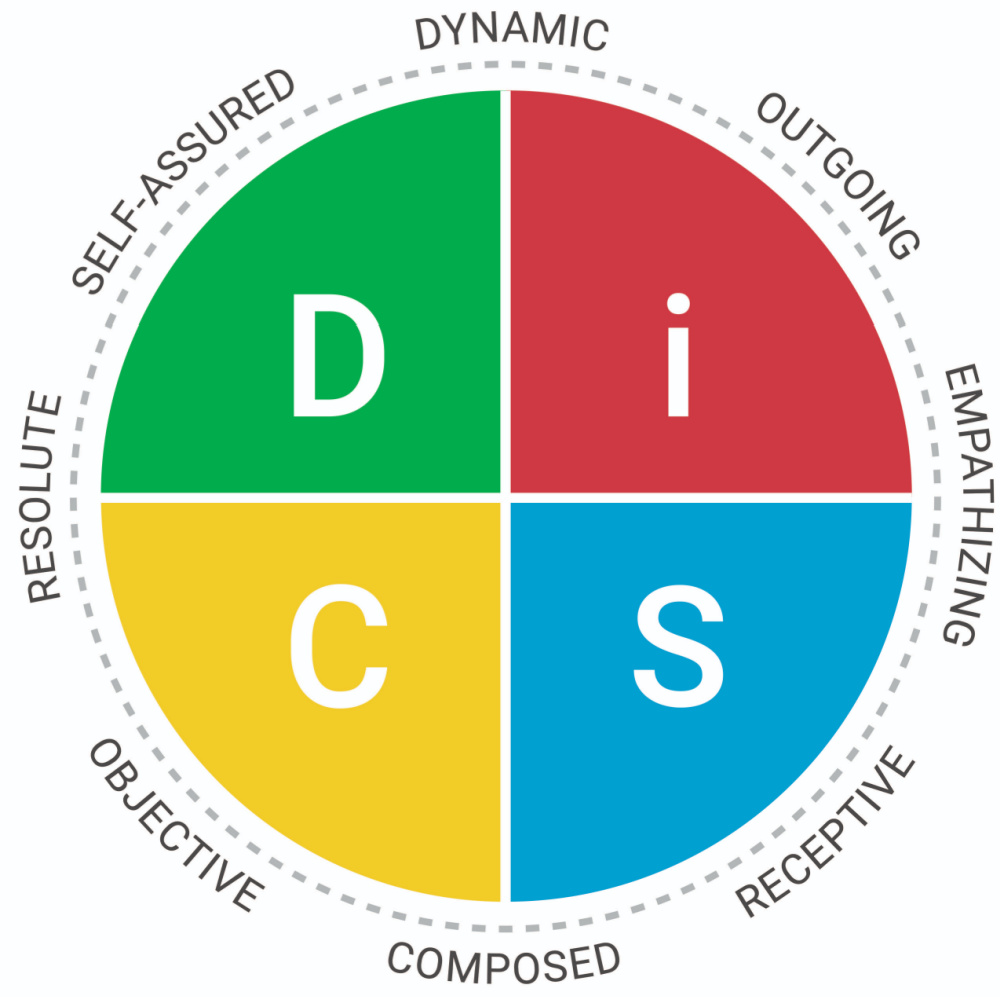Last week, we talked about why emotional intelligence is important in today’s workplace. We talk a lot on this blog about communication in the workplace and about the diversity of DiSC profiles. If you’d like to brush up on DiSC, check out this post, this post, this post, and this post. So, how does emotional intelligence connect to DiSC?
Emotional intelligence, as we learned last week, is the culmination of self-awareness, empathy, emotional awareness, and emotional regulation within social contexts. Agility, on the other hand, is the necessary ability to stretch past comfort zones into areas of growth. Thus, in the new ebook from Wiley, Agility Unlocked: Revealing the Connection Between Agility and Emotional Intelligence, agility and EQ are essentially one in the same.
“Emotional Intelligence refers to the ability to read the emotional and interpersonal needs of a situation and respond appropriately; agility is the ability to do that even if it’s difficult.”
Everything DiSC, (2020). Agility Unlocked: Revealing the Connection Between Agility and Emotional Intelligence. Wiley Publishing.
It’s easy to stick with styles that come naturally; it’s agility to stretch to styles which are necessary.
Remember, the DiSC model has eight priorities around the outer circle. For the newest assessment, Agile EQ, the priorities are defined as the following:

Agility, then, is stretching from a COMPOSED mindset to a DYNAMIC mindset when the situation calls for that priority. Or adopting an EMPATHIZING mindset when your natural inclination is to be RESOLUTE.
An example of stretching:
Karin (D) gets stuff done. She manages a high-achieving product development team for a large manufacturing company. The team has a deadline coming up in one week where they will need to present their newest product ideas to the company’s top executives. They’re close, but there are still several design kinks they need to work out. Karin knows what must be done, and she knows how to get the team there.
So, when Ronald (S) announces the design concept is just not pulling together, Karin’s first instinct is to stick to her guns—push through the problem, even if means the team will work late until the problem is fixed. But because Karin is agile, she knows Ronald’s been struggling with some personal issues. He is overwhelmed at home and at work. Instead, Karin is receptive to Ronald’s and the team’s ideas and solutions.
Agility is crucial to a productive workplace culture.
Whereas developing agility and EQ may not be easy, studies show they can be learned. Next week, we will give you a few tips on how to increase your emotional intelligence.

Thanks for reading,
Alan Feirer

Leave a Reply